I have become aware of issues that are arising in client’s gardens following the erection of new fencing. The fences that are causing the problem are probably the dearest; but they are causing destructive wind turbulence and damaging plants and gardens.
Did you know that any solid structure, and this includes fences that block the force of the wind, will cause wind turbulence on both sides of the fence? As the wind hits the fence, the solid structure accelerates and pushes the air upwards, creating a vacuum (low pressure area) on the far side. This makes the air start to roll and tumble and form a vortex on both sides of the solid fence but which is strongest on the side away from the wind. You can liken it to the way a river rolls and tumbles over large rocks in its path.
The video simulation below shows how the air rolls and tumbles on the lee side of a solid structure:
This wind turbulence can be extremely destructive, especially to a new garden. The effect of this wind is often far stronger than an unimpeded wind, because it ‘dumps’ on particular plants on the lee side of the obstruction, and up to many metres distant from the fence. This dumping can literally blow plants right out of the ground or flatten them to ground level.
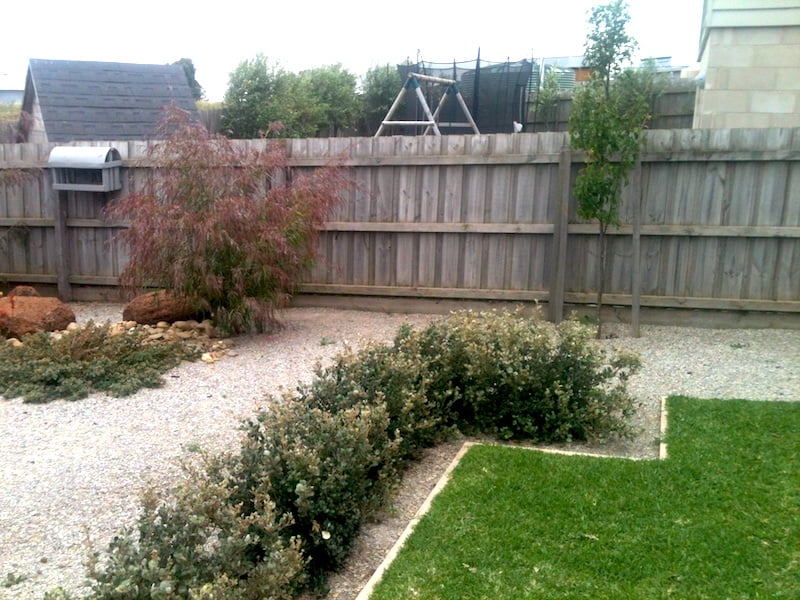
This solid timber ‘lap and cap’ fence is causing damaging turbulence in the garden
These days, the more expensive timber fences that are now popular, with an extra timber paling that covers over the small gap between palings (often called ‘lap and cap’ fences), are actually causing significant problems with gardens in the path of the wind. If you are erecting a new fence, the best option is one that is porous and allows some degree of wind through. The fence can still have enough cover to give you privacy but these small gaps will break the intensity of the wind, allow the pressure on the lee side to equalise more quickly, and prevent the severe dumping effect.
Fences with a gap in them also allow light breezes to pass through which can be such a welcome relief on a hot, summer’s day. Not only do we humans benefit from this breeze, but it also has a significant cooling effect on the plants within the garden.
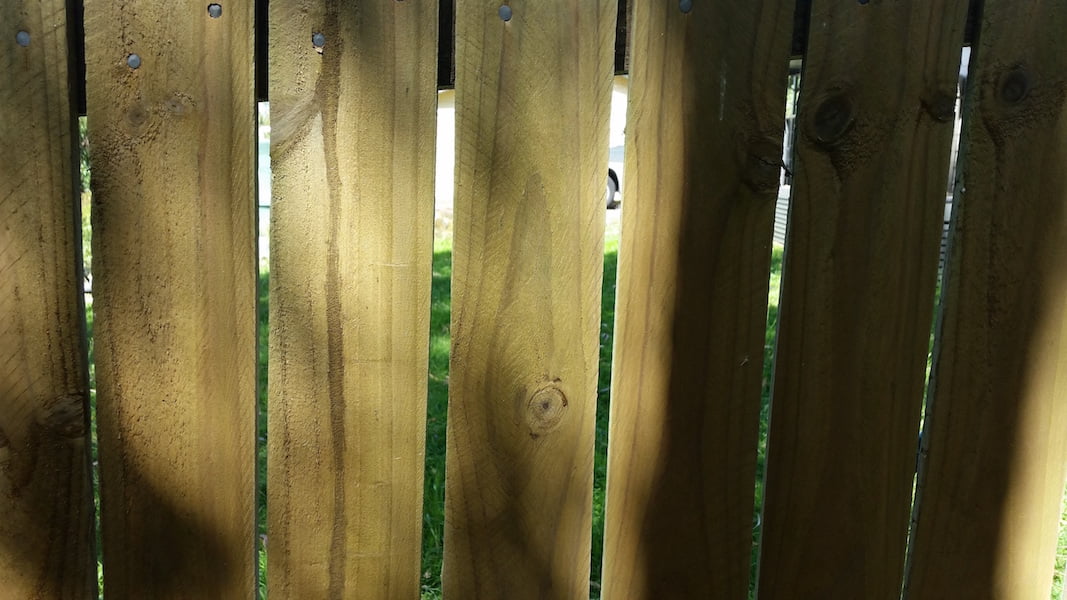
Fences – adjoining timber fence with gaps allows an equalising breeze through
Colorbond solid metal fences also cause problems, for the same reason as the timber fence with the extra panel. And once again, they are dearer than traditional timber paling fences because they are more solid.
Plants provide an even better wind barrier because they filter the wind, allowing some of the force of the wind through the foliage. But in really windy spots, you do need to careful to select the correct species, and these plants will also require some formative pruning while young to make them bushier if they are native plants.
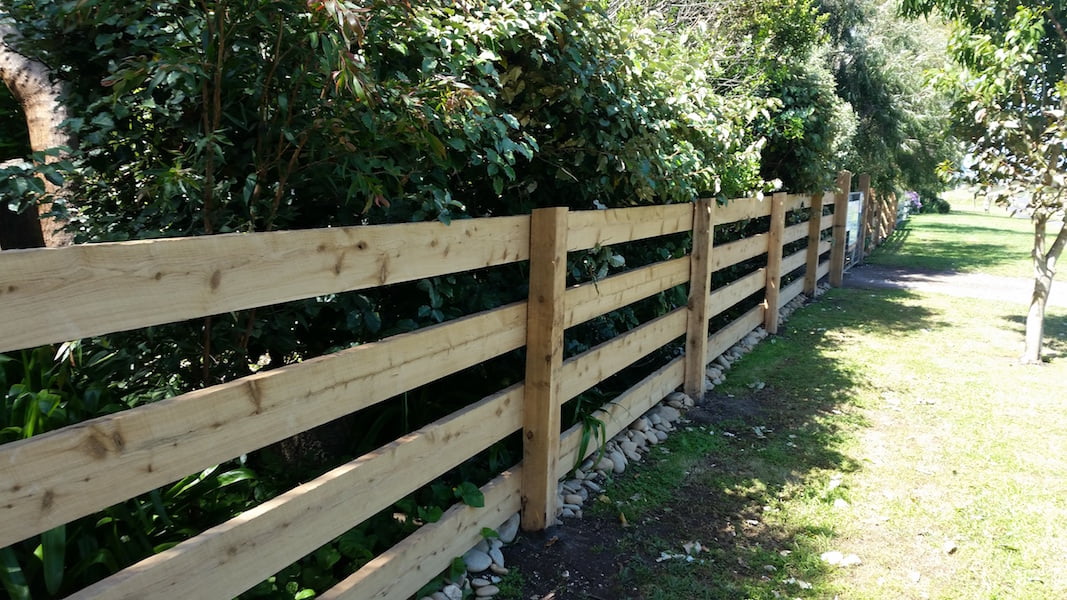
Cypress fence with gaps and planted windbreak
You should avoid staking plants for too long, especially with native plants. If the plants are tipping over in the wind, it may be because they haven’t had adequate formative pruned. Windbreak plants need to be short and bushy to begin with, not tall and lanky. Or it could be that they are not the right plants for the position and their roots are not anchoring because the soil is wrong for the plant.
So if you’re planning a new fence and you live in a windy area, my advice is not to be coerced by the fencing company into paying that ‘little bit extra’ to get that so-called better timber fence, because it is actually the wrong decision if in a wind zone and either your plants or your neighbour’s will pay the price for it.
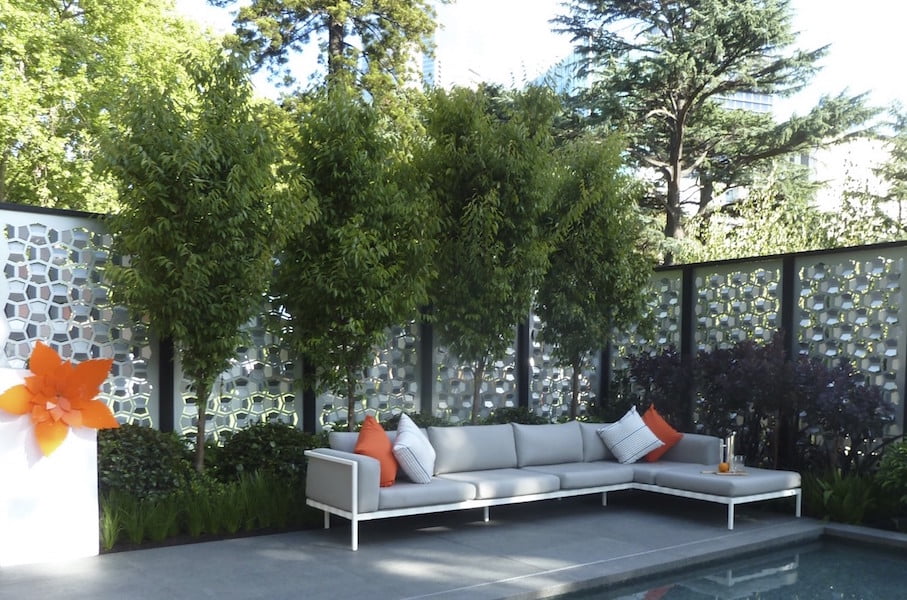
Cycas Design
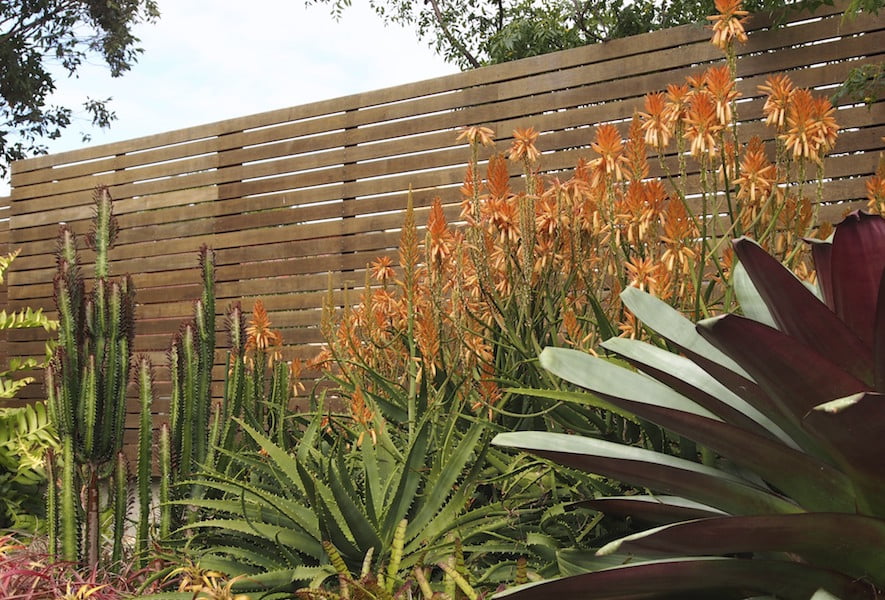
Design Paradisus
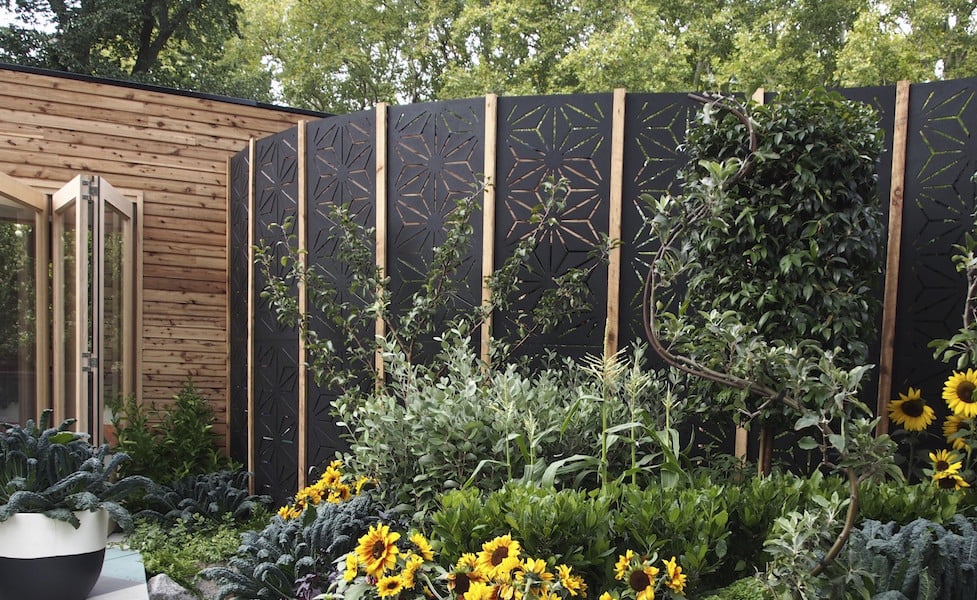
Design Phillip Withers
Apart from timber paling fences, there are other many types of attractive fences in a range of materials that are ‘porous’ and have small openings, so you can have privacy in your garden but also the benefit of allowing that pressure-equalising light breeze through – good for both you and your garden.
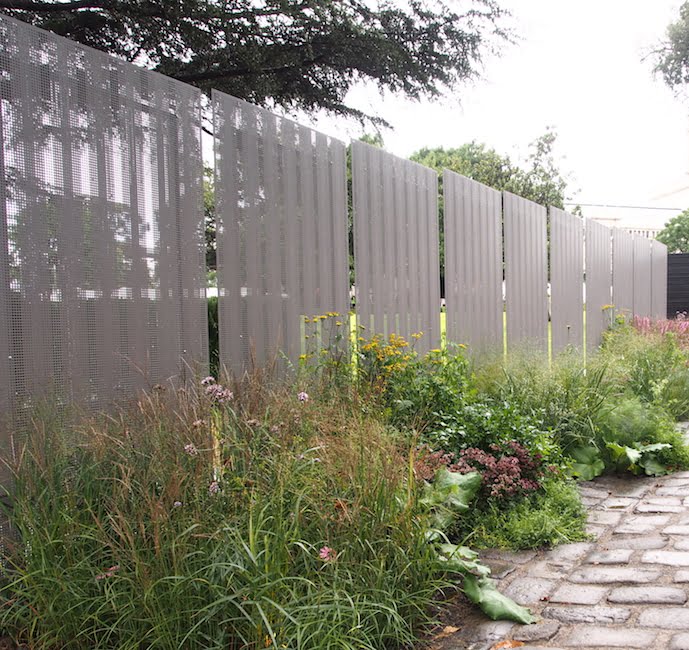
Design Daniel Tyrrell Landscapes. Melbourne Flower and Garden Show 2016
